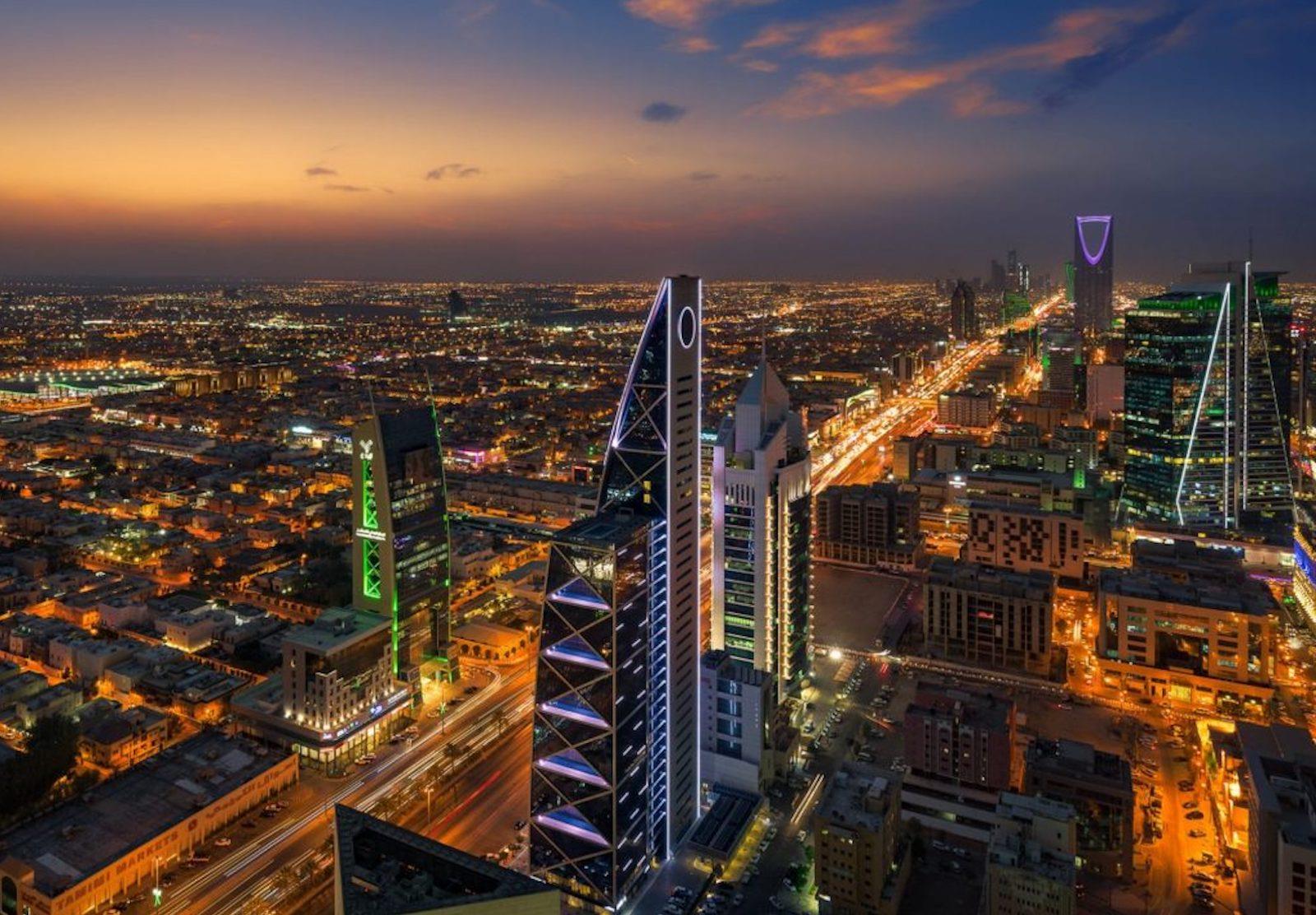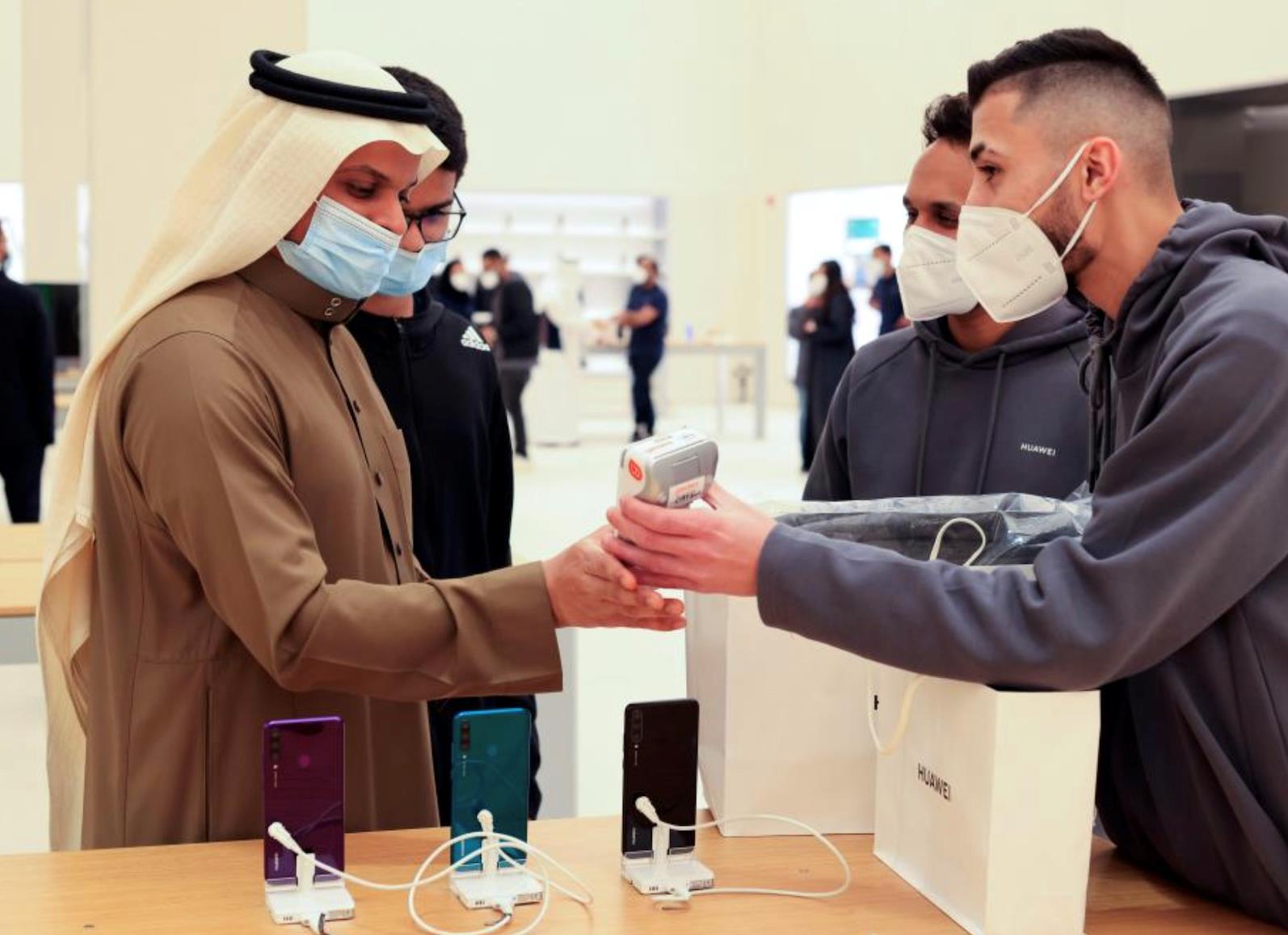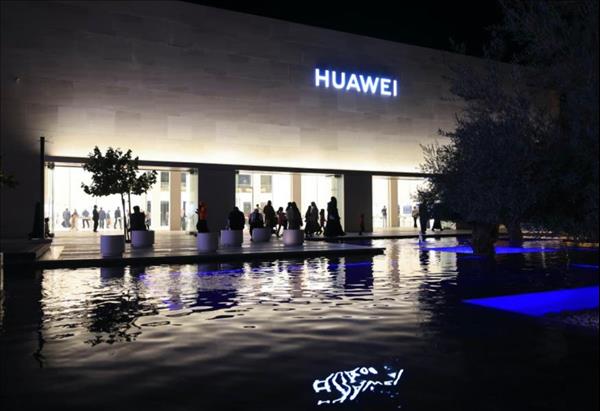
Huawei Eyes Saudi Arabia As Its Regional Hub
Saudi Arabia's regional headquarters program requires a multinational company wishing to do business with Saudi government agencies to locate its regional headquarters for the Middle East & North Africa in the country. A joint initiative of the Saudi Ministry of Investment and the Royal Commission for Riyadh City, it takes effect in January 2024.
This follows the signing of a business agreement involving Huawei by Chinese President Xi Jinping and Saudi King Salman during Xi's visit to Saudi Arabia last December. That agreement covers cloud computing, data centers and the establishment of high-tech complexes in different Saudi Arabian cities.
The two leaders also signed a Comprehensive Strategic Partnership Agreement to“firmly support each other's core interests” and a“harmonization plan” between China's Belt and Road Initiative and Saudi Arabia's Vision 2030 blueprint for economic and technological development, which aims to diversify the kingdom's economy away from oil export dependence.
The brainchild of Crown Prince Mohammed bin Salman (MBS), prime minister and chairman of the Council of Economic and Development Affairs, Vision 2030 aims to turn Saudi Arabia into a“global investment powerhouse” and“a global hub connecting... Asia, Europe and Africa.” The participation of Huawei, Siemens and other foreign technology leaders is key to realizing the vision.

Saudi Arabia has a futuristic vision for its post-oil economy. Image: Facebook
In that context, the two sides signed a separate agreement covering the digital economy (e-commerce and fintech), communications and information technologies (including nationwide broadband coverage), their commercial and industrial application and research into emerging technologies.
These technologies, which overlap with Huawei's business portfolio, include:
- Mobile communications
- Artificial intelligence
- Advanced computing
- Quantum information technology
- Robots
- Submarine cables
In particular, Huawei is likely to be involved is the NEOM special economic zone stretching from the Red Sea coast in the northwest of the country to high mountains in the interior where it is possible to ski in the winter season. NEOM includes an international airport, seaside and mountain resorts, a floating industrial complex and a futuristic city called“The Line.”
The Line is designed to be a smart city 170 kilometers long, 200 meters wide and 500 meters high stretching east from the coast in a straight line. There will be no roads or automobiles allowed in the city.
Instead, residents – nine million of them targeted by 2045 – will travel by public transportation powered by renewable energy. Jonathan Gornall described the concept and historical antecedents of the line for Asia Times last September. Delayed by Covid, construction is now reportedly underway.
The industrial complex, called Oxagon, will feature renewable energy, autonomous mobility, food production, healthcare, telecom, space, robotics and other technologies. In August 2021, ACWA Power, Air Products and the NEOM investment company established a joint venture to build the world's largest green hydrogen and green ammonia plant, which will be powered by renewable energy. It is scheduled to begin operations in 2025.
In October 2021, Huawei Digital Power signed a contract with SEPCOIII (SEPCO3, a Chinese engineering and construction company and power plant operator) to provide Saudi Arabia's Red Sea Project with 400 MW of photovoltaics and a 1,300 MWh battery energy storage facility. The battery energy storage facility is one of the largest such facilities in the world.
More recently, during the Mobile World Congress 2023 held in Barcelona, Spain from February 27 to March 2, Huawei and Saudi Arabian telecom operator Zain signed an MoU to build a 5.5G network for individual, corporate and government customers. On the commercial side, the project includes the Internet of Things (IoT) and private network solutions, cloud computing, fintech, business support and drones.
On November 30, 2022, Huawei and Saudi Telecom Company (STC) announced that their SuperLink single-antenna 10 Gbps solution in Dammam had performed successfully on live networks for six months.
Its design reduces the number of antennas by two-thirds and the amount of hardware by 70%, facilitating the deployment of high-bandwidth 5G services to suburban areas. Dammam is the capital of Saudi Arabia's Eastern Province.

Saudi customers at a Huawei store in Riyadh. Image: Facebook
Also of note, in November 2020, Huawei supplied a prefabricated modular data center to Dawiyat Integrated Telecommunications & Information Technology Company for use with its national broadband network. Dawiyat is a wholly-owned subsidiary of the Saudi Electricity Company.
Commenting on this transaction, Dawiyat Director of Technical Affairs Saleh Al Owain said something that might have stirred China-fearing US politicians and diplomats and which explains why Huawei is finding so many business opportunities despite their attempts to sanction the company.
“All National Grid substations are considered national security assets. Dawiyat's main goal is to participate in the initiatives of Saudi Vision 2030, monetizing National Grid assets while, of course, continuing to comply with all National Grid safety standards and regulations,” said Al Owain.
“The true challenge is, how can we maintain a massive number of sites scattered across the Kingdom while also retaining full visibility to ensure physical site security and protection from vandalism, as well as ruggedizing each site for harsh weather conditions? The only solution that made sense was Huawei's container-based shelter solution. No other solution came close to it in terms of performance, feature set, robustness, and cost,” he added.
Follow this writer on
Twitter: @ScottFo83517667

Legal Disclaimer:
MENAFN provides the information “as is” without warranty of any kind. We do not accept any responsibility or liability for the accuracy, content, images, videos, licenses, completeness, legality, or reliability of the information contained in this article. If you have any complaints or copyright issues related to this article, kindly contact the provider above.






















Comments
No comment